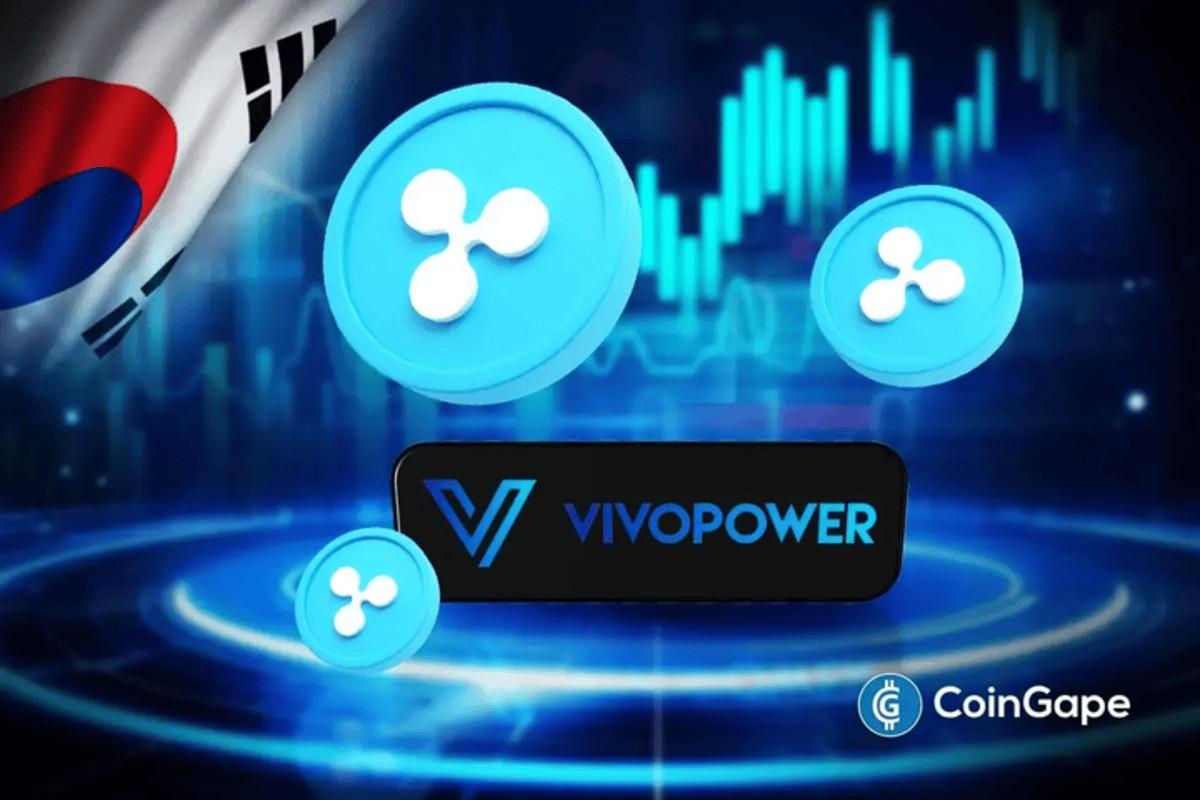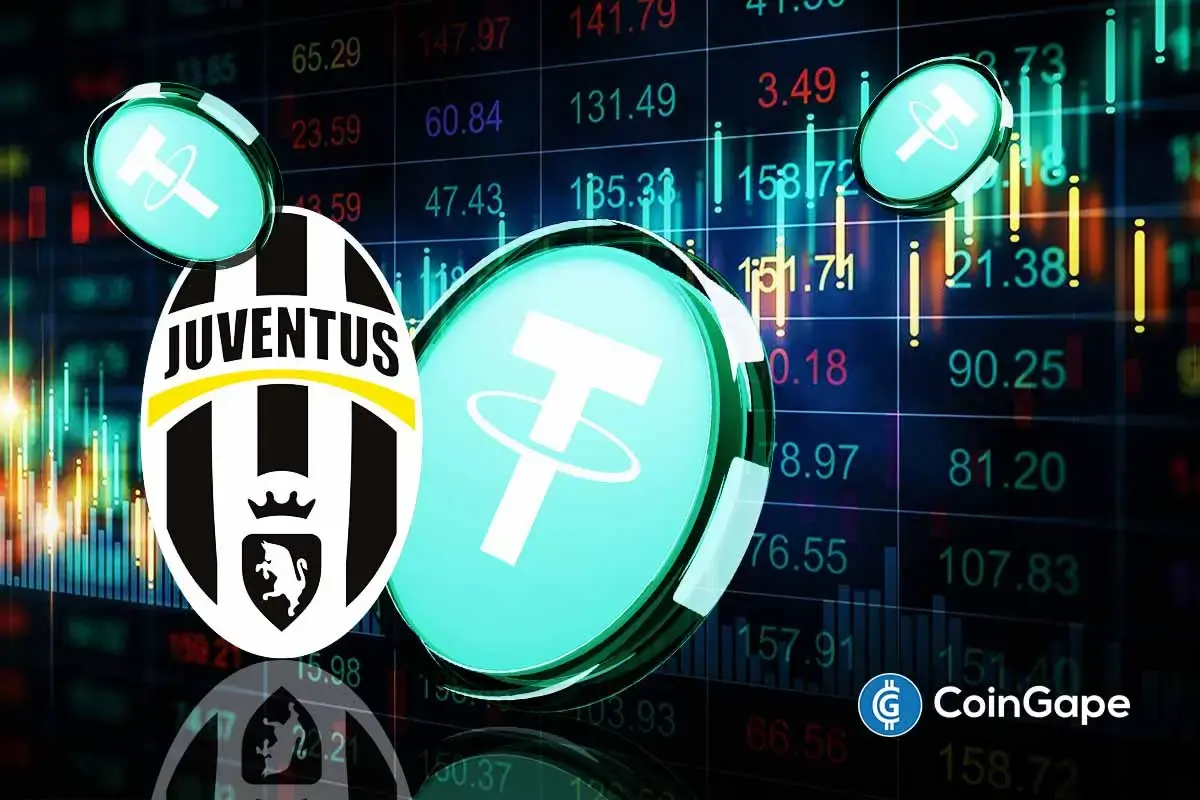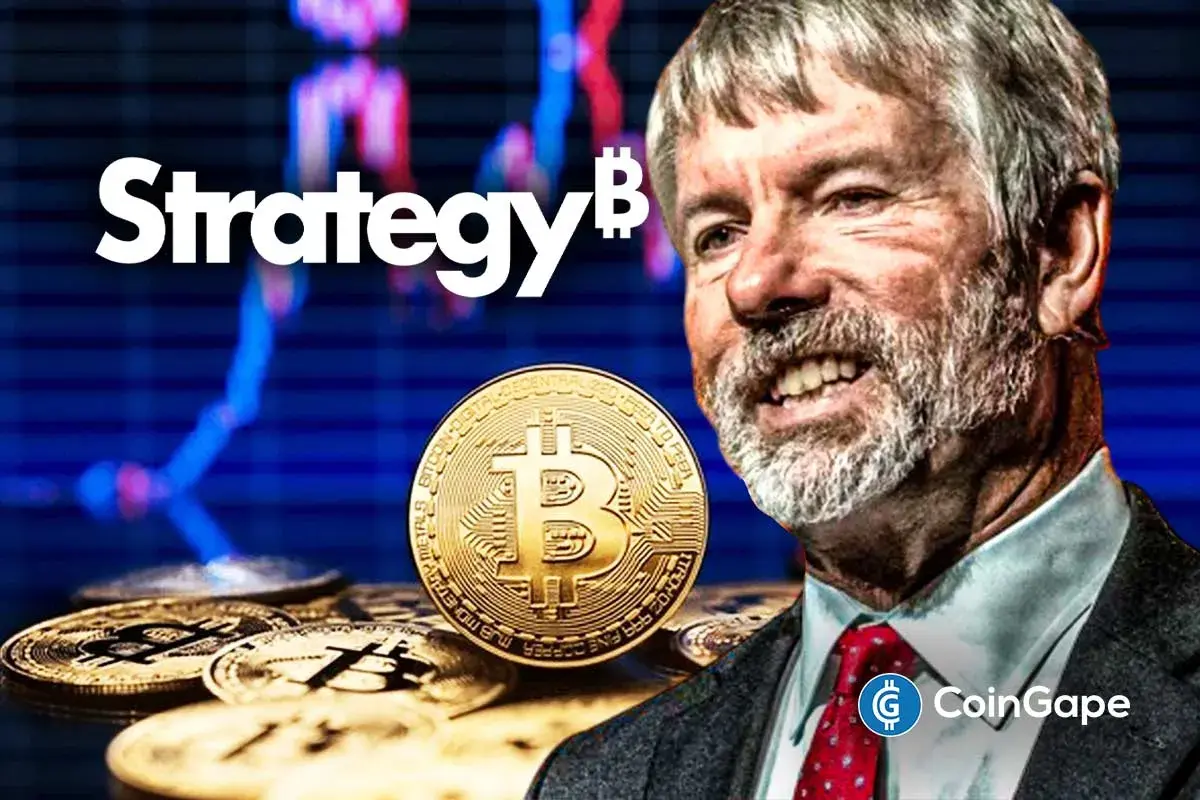What Are Virtual Machines and How Do They Add Value to The Crypto Ecosystem?

Virtual machines are a fundamental pillar of computing ecosystems, dating as early as the 1960s. They were invented as an emulation/virtualization of computer ecosystems. Simply put, virtual machines can provide the functionality of a computer by leveraging specialized software, hardware or combining both. These computer emulations support the functionality needed to run operating systems or platform-independent computer programs.
Notably, virtual machines are classified into two categories according to their functions; system virtual machines (full virtualization) and process virtual machines. The former provides a substitute for a real computer, allowing users to host multiple independent environments within the same hardware (physical machine).
On the other hand, process virtual machines are designed to emulate various system architectures, enabling operating systems or software applications written for another architecture or CPU. The process VM is sometimes dubbed Managed Runtime Environment (MRE) or application virtual machine.
One area in modern-day tech where virtual machines are gaining popularity is the crypto ecosystem. This upcoming niche features decentralized platforms such as Ethereum, whose functionality is powered by the Ethereum Virtual Machine (EVM). As it stands, Ethereum blockchain hosts a wide range of decentralized applications (DApps) with smart contracts at the building level while the EVM provides the runtime environment.
Virtual Machines in Crypto – EVM
While Bitcoin may be the ‘godfather’ of decentralized ecosystems, Ethereum provides more growth opportunities by hosting DApps. The last year has been particularly eventful with DeFi projects launching left, right and centre.
So, what powers this ecosystem where close to $54 billion is currently locked in DeFi protocols? A big part of Ethereum’s success can be attributed to its smart contract environment and the EVM. Smart contracts allow users to create decentralized agreements whose execution can be automatically triggered if conditions are met.
Ethereum leverages multiple nodes to run the EVM software to ensure that the network is secure and trustworthy. These nodes are hosted by individuals from their computers who, in return, receive network incentives such as a portion of the transaction fees for keeping the protocol running and secure. Ideally, the EVM prevents denial-of-service attacks and ensures smooth communication by interpreting and executing the Ethereum programming language solidity.
Connecting the Masses Via Cryptodemocracy
Ethereum’s blockchain ecosystem may have gained many users, but there is still a lot that needs to be done before its viable for mainstream adoption. The network can only handle 15 transactions per second which are pretty slow given the growing usage of crypto assets. Furthermore, gas fees paid to EVM are sometimes way higher than what the average Joe looking to invest in DeFi can afford.
On the brighter side, we have some Layer 1 networks that provide more favourable building environments for the next generation of decentralized applications. One such project is Edgeware, a smart contract chain with a community-managed treasury, decentralized proposal system, and network of DAOs. Unlike Ethereum, which is built with the solidity language, Edgeware leverages the Polkadot/substrate infrastructure.
This blockchain network also allows Ethereum devs to deploy Solidity/EVM smart contracts with minimal or no changes – DeFi projects on Ethereum can quickly deploy on Edgeware. In contrast, new projects can start building through the WebAssembly architecture or Rust programming language.
Some of the notable features embedded within the Edgeware smart chain include identity ownership, project management, treasury funding and bridge solutions for both digital and physical entities. The project successfully launched and distributed its governance token EDG in 2019, which is now used as an incentive mechanism to maintain Edgeware’s decentralized architecture. EDG token holders can vote on the future developments of the platform.
The Future of Computing in Crypto Networks
Computing will remain at the heart of most intelligent systems, especially crypto, where operations stem from deep mathematical concepts. While virtual machines such as the EVM already exist, some stakeholders, including former Ethereum lead developer and Polkadot founder Gavin Wood, believe that the industry needs to adopt more progressive solutions.
Speaking at the Consensus 2021 conference, Wood noted that legacy innovations such as the EVM play a significant role in today’s blockchain development but need to be gradually phased out to favour better solutions. In his opinion, it would be much simpler to use WebAssembly as smart contracts,
“I can’t deny that a lot of people are already using EVM, so it’s super important to support these legacy protocols, these legacy languages, and that’s what we’re doing with Polkadot … It’s foolish to just throw those away. But it’s not foolish to start thinking about where the next thing is, and that for me is using WebAssembly as smart contracts.”
Until then, virtual machines will be around to support existing blockchain networks and the applications that build on them. Now over five decades old, this concept remains at the centre of computing ecosystems and seems to have found a new value proposition following the rise of crypto ecosystems.
- Crypto Traders Increase Bets on Kevin Warsh After Trump Names Top Two Fed Chair Candidates
- This Top CNBC Trader Says He’ll “Never” Invest in XRP Despite Wall Street Adoption
- ‘Dead Like Kodak’: Software Engineer Slams SWIFT’s 5-Year Delay on Blockchain Plans
- Ripple Attracts $300M Institutional Bet as VivoPower Launches Korean Investment Vehicle
- Crypto Eyes Entry into Traditional Sports as Tether Bids $1B for Juventus FC
- Will Bittensor Price Break Above $400 After First TAO Halving Tomorrow?
- Expert Predicts Bitcoin Price Crash to $75k as ETF Inflows Fall, Treasury Companies Plunge 83%
- HYPE Price Jumps 8% as Open Interest Hits $1.61B — Is $50 Next?
- Is Solana Price Poised for a +50% Bullish Rally? Here’s What to Expect
- Top 3 Price Predictions for Bitcoin, Ethereum, and XRP in DEC 2025
- Will Chainlink Price Break Toward $20 After 84K LINK Reserve Increase?
















